Singapore is a city-state located south of Johor province, in the peninsular part of Malaysia. One of its most defining characteristics is its multiculturalism. Its three major ethnic neighborhoods, Chinatown, Little India, and Kampong Glam, offer the opportunity to embark on a cultural journey without having to travel thousands of kilometers.
Marina Bay and the financial district, on the other hand, transport visitors through time—almost into the future—showcasing colossal skyscrapers and artificial gardens. This striking visual contrast will be especially noticeable to those who have been traveling through Southeast Asia for several months.
Singapore is a vast and ever-expanding metropolis that has even reclaimed land from the sea. However, contrary to expectations, it is also a city with a green lung and a strong ecological awareness, far ahead of its neighboring countries.
Visiting Singapore can be expensive and may cost an arm and a leg if you don’t manage your budget carefully. However, it is an opportunity not to be missed, as the city offers an incredible diversity of experiences. If you’re planning your trip, this guide is for you. Don’t miss this collection of articles about Singapore, packed with tips for independent travelers.
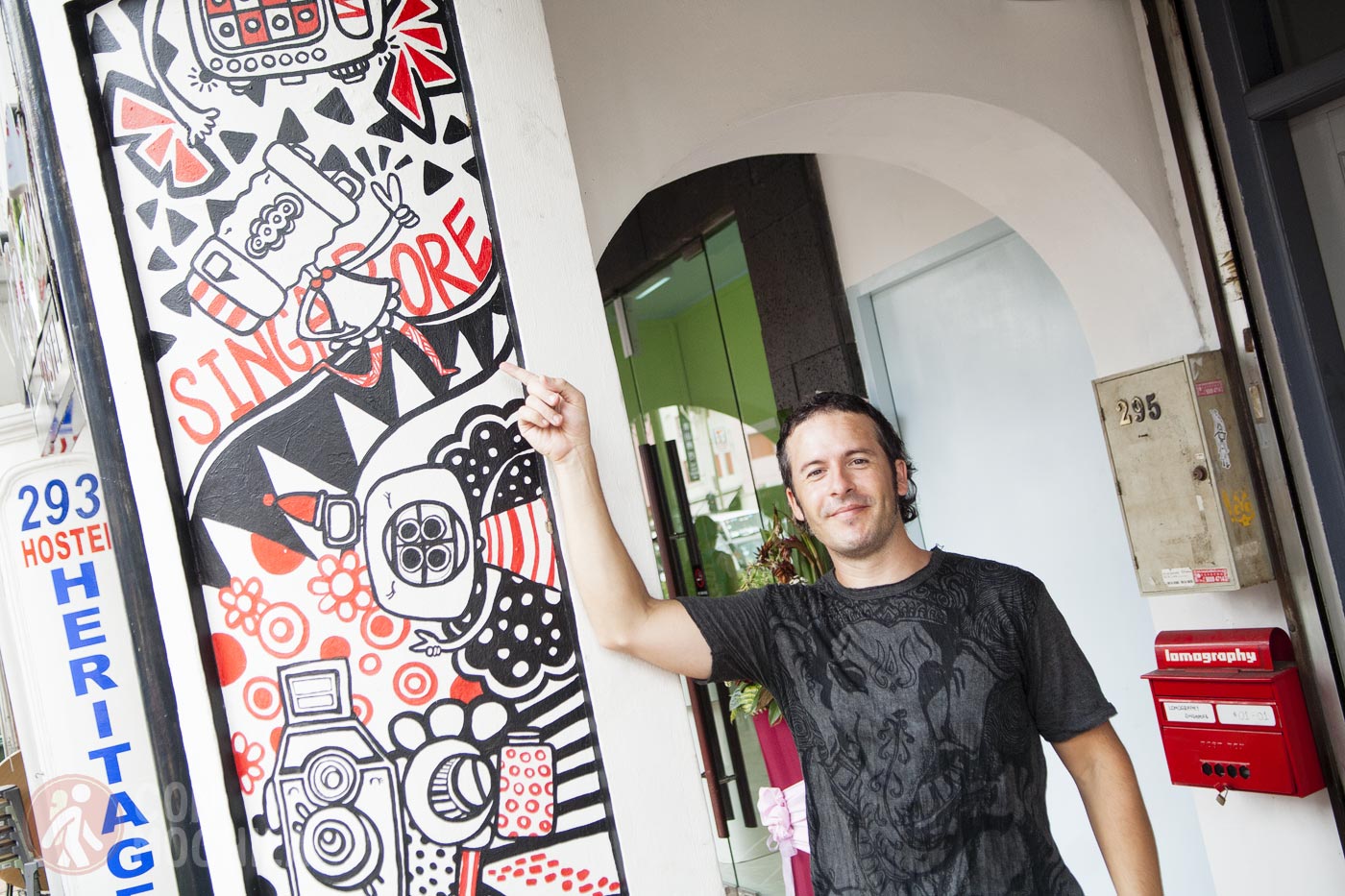
Singapore has an equatorial climate, meaning it is hot and humid year-round, with temperatures typically ranging between 25°C and 31°C. However, the best time to visit is from February to April, as these months generally have less rainfall and clearer skies.
The city experiences two main monsoon seasons: the Northeast Monsoon (November to January) and the Southwest Monsoon (June to September). During these periods, especially from November to January, heavy rain and thunderstorms are common, though they are usually short-lived.
Spanish citizens (along with many others) do not need to apply for a visa when visiting Singapore for tourism purposes. In the link above (coming soon), you’ll find information about the requirements to obtain the entry stamp, which allows a stay of up to 30 days.
It’s essential to travel to Thailand with comprehensive insurance. We were among the first to offer the popular 5% IATI discount, and you can now get it with Heymondo Travel Insurance as well. You can find more information about both companies through the links provided above, or you can access the discount directly using the buttons below (in both cases, you’ll see the reduced final price on their website):
We often say that the main airports for flying to Asia from Europe are Bangkok, Kuala Lumpur, and Hong Kong. Once there, you can find affordable flights to almost every corner of Southeast Asia.
However, it’s also worth searching for flight deals to Singapore. As a major international hub, you may get lucky and find a good offer.
To help you with your search, we recommend checking Skyscanner, one of the platforms we frequently use to find the best prices for flights to the main airports in the region.
While many hotels, guesthouses, and restaurants in India offer free Wi-Fi, some travelers prefer or need a constant connection. We’ve included details on obtaining a eSIM India card with unlimited data (from Holafly) or with fixed data but cheaper (from Saily).
If you want to get it directly, here’s the link (with a discount) for both companies:
The Singapore Dollar (SGD) has been the official currency of Singapore since 1976. In the link above (coming soon), you’ll find all the relevant information about it.
If you plan to exchange currency before traveling, we recommend doing so with Ria Currency Exchange, as they offer the best exchange rates on the market (you can check for yourself) and charge no commissions. Plus, as always, you get a small discount for being our reader!
Like any major city, Singapore has its own Chinatown, one of the most important and most visited areas by tourists. It is divided into five districts: Telok Ayer, Bukit Pasoh, Tanjong Pagar, Kreta Ayer, and Ann Siang Hill.
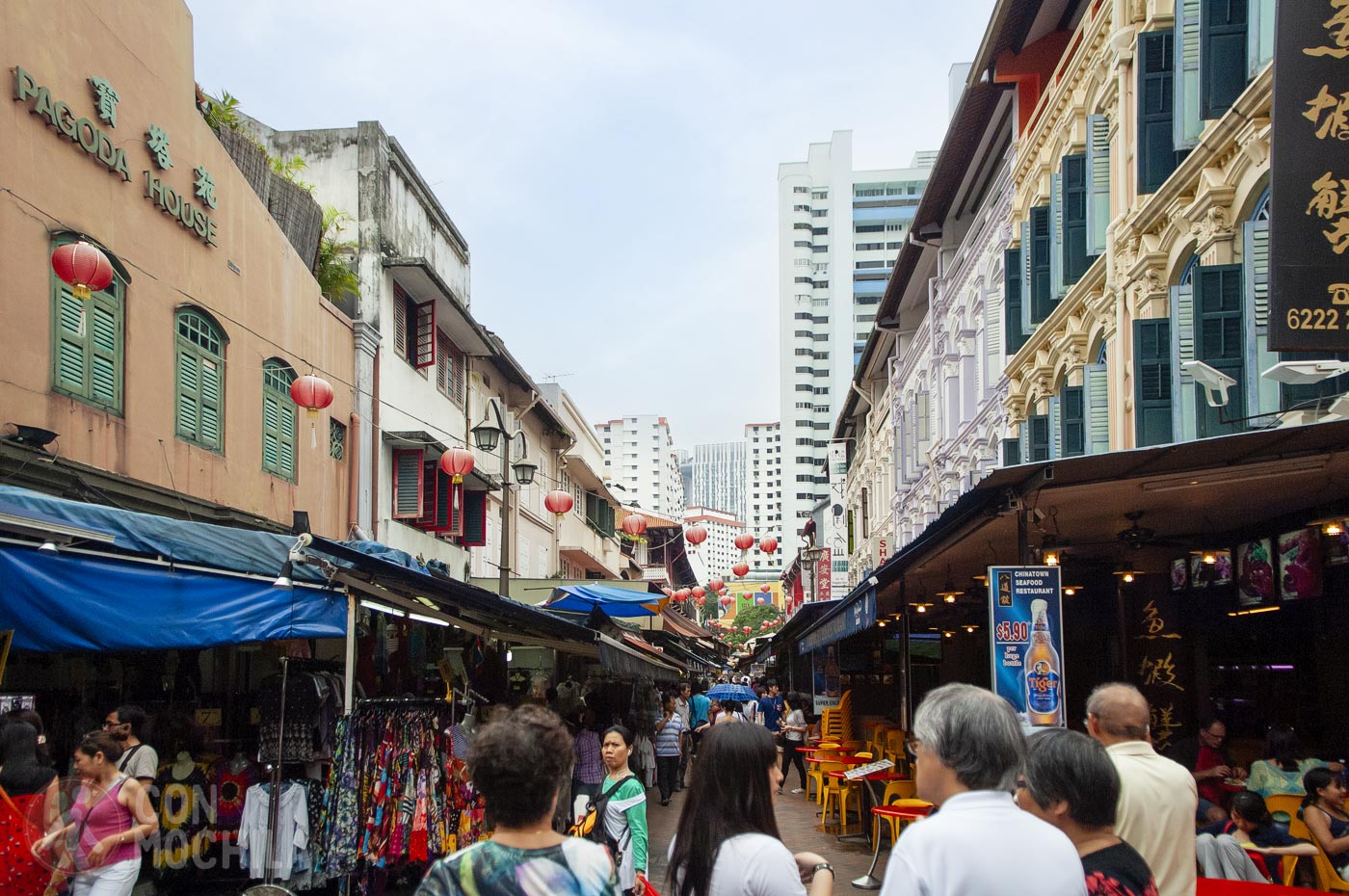
Singapore’s Chinatown offers numerous points of interest. If you arrive by metro, the first thing you’ll see is Pagoda Street, bustling with restaurants, shops, tourists, and souvenir stalls, all adorned with traditional Chinese decorations, red lanterns everywhere.
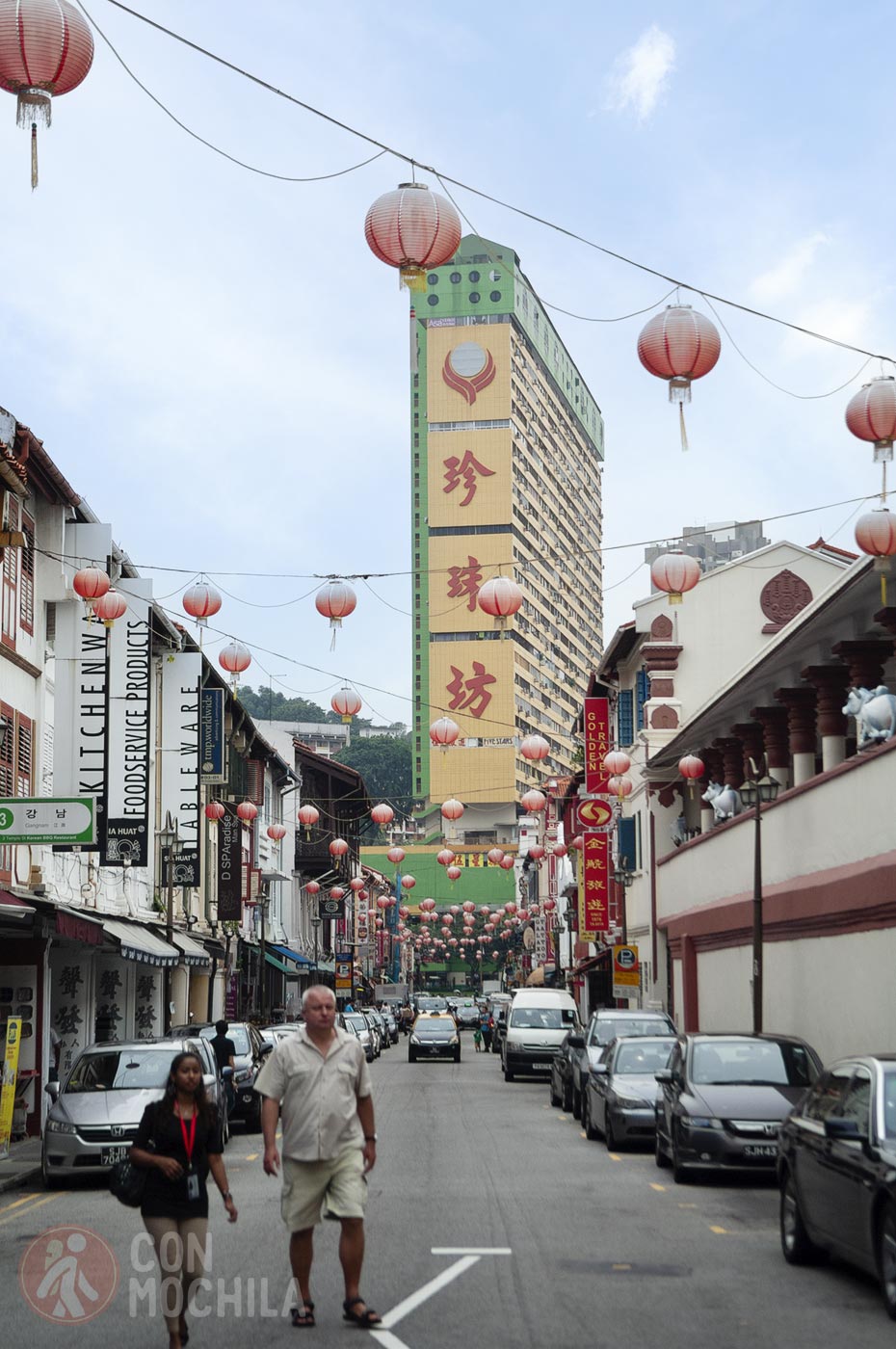
A visit to the Singapore City Gallery is highly recommended. This museum features a massive scale model of the city and an exhibition showcasing the fascinating transformation of what was once a small fishing village into the metropolis it is today.
If you’re up for it, you can also take a 3.5-hour guided tour of Chinatown.
Originally populated by Tamil immigrants from southwest India, Singapore’s Little India neighborhood has a unique charm. I jokingly call it “Light Little India” due to its extreme cleanliness, the absence of monkeys and cow dung, and its lower population density, making it feel like a more orderly version of its namesake.
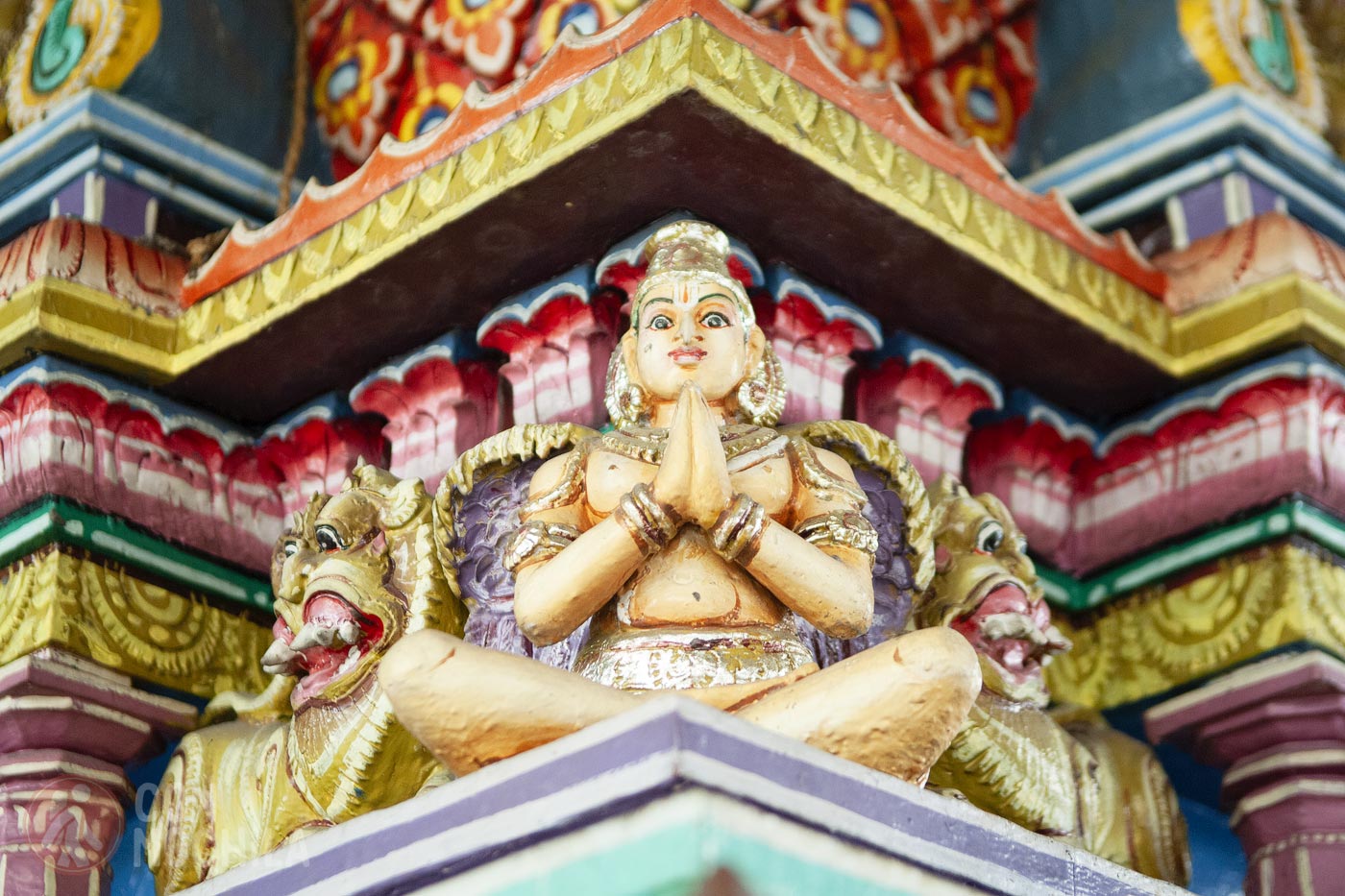
Its streets have milder scents, and its residents are more discreet when it comes to staring at passersby. However, the gopurams, Bollywood music stalls, and shops brimming with colorful fabrics and spices instantly transported us back to the subcontinent we hold so dear.
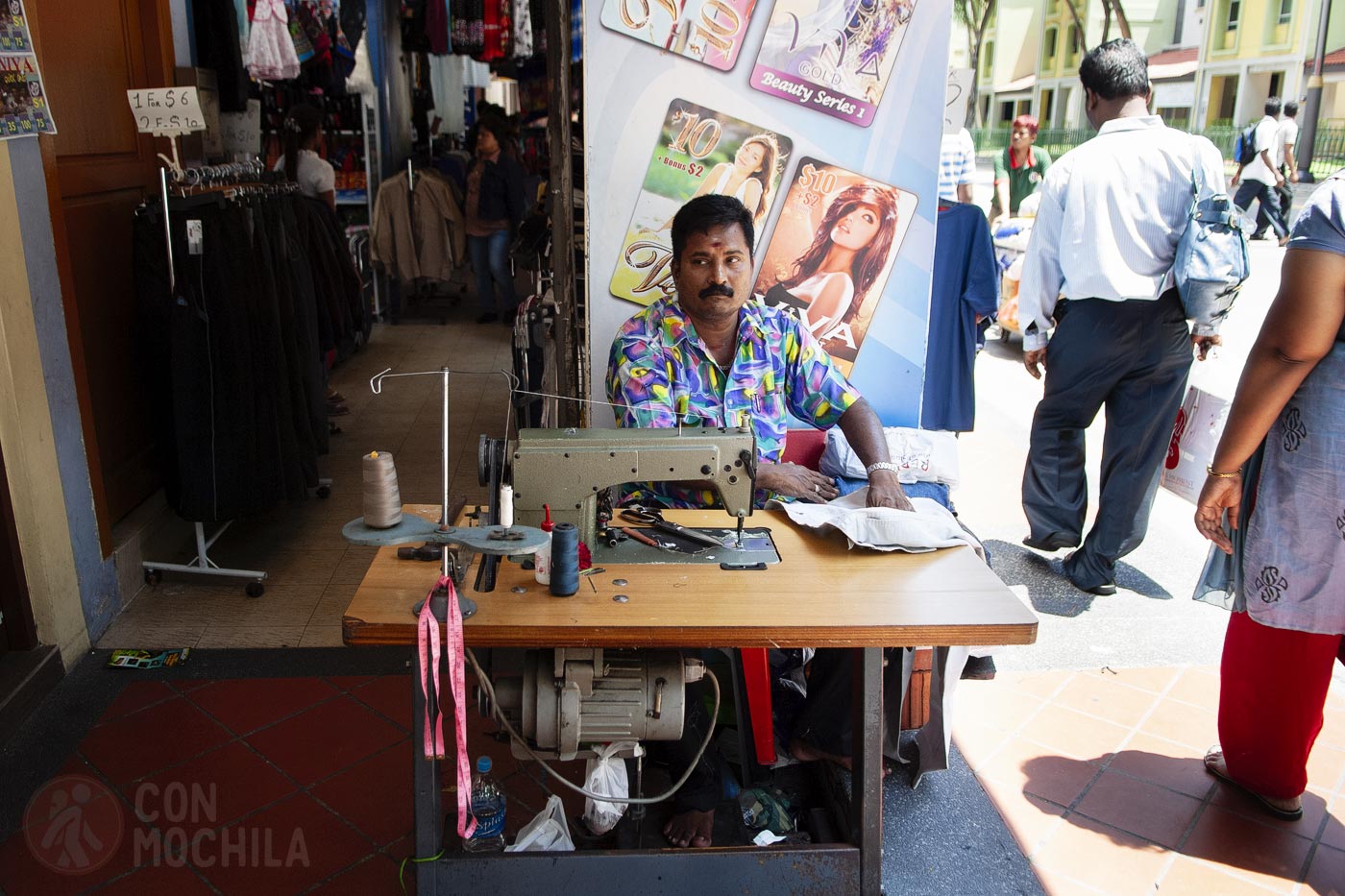
Despite being historically an Indian neighborhood, today it is a fascinating cultural melting pot. Alongside Hindu temples, you will also find Buddhist temples and mosques.
Located north of the river, Singapore’s Kampong Glam neighborhood was home to the city’s Malay aristocracy before British colonization in 1819.
Over the years, many Muslims moved to other parts of the city, but the area is still known as Singapore’s “Muslim Quarter” due to its history and the presence of the Sultan Mosque, its most iconic landmark.
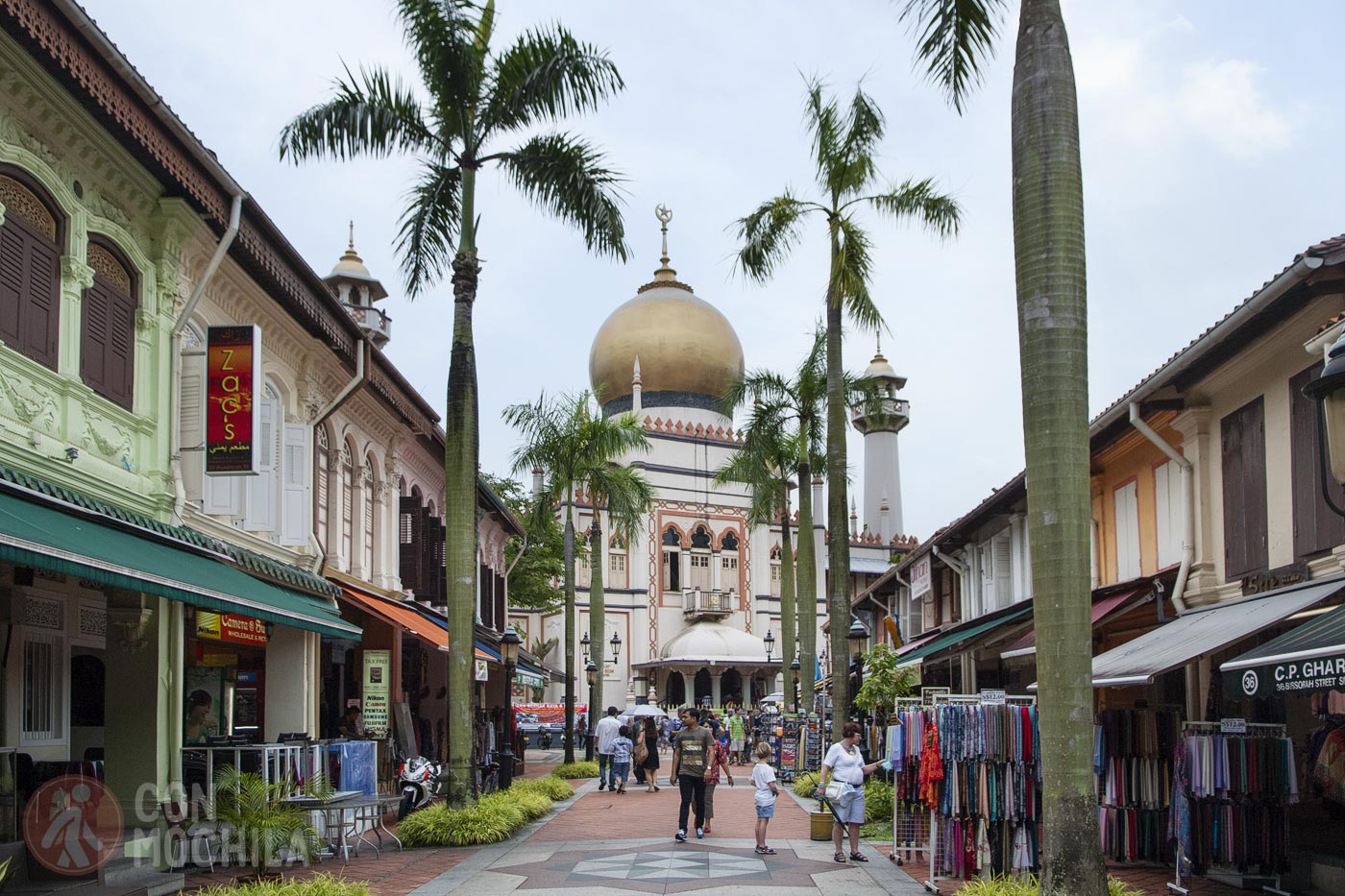
Kampong Glam is smaller than the other neighborhoods but is well worth exploring. Take a stroll down Arab Street, the pedestrian-friendly Bussorah Street, or the famously narrow Haji Lane, the smallest street in Singapore.
The statue of this unusual half-fish, half-lion creature, located at the foot of the iconic Marina Bay Sands hotel, is the symbol of Singapore.
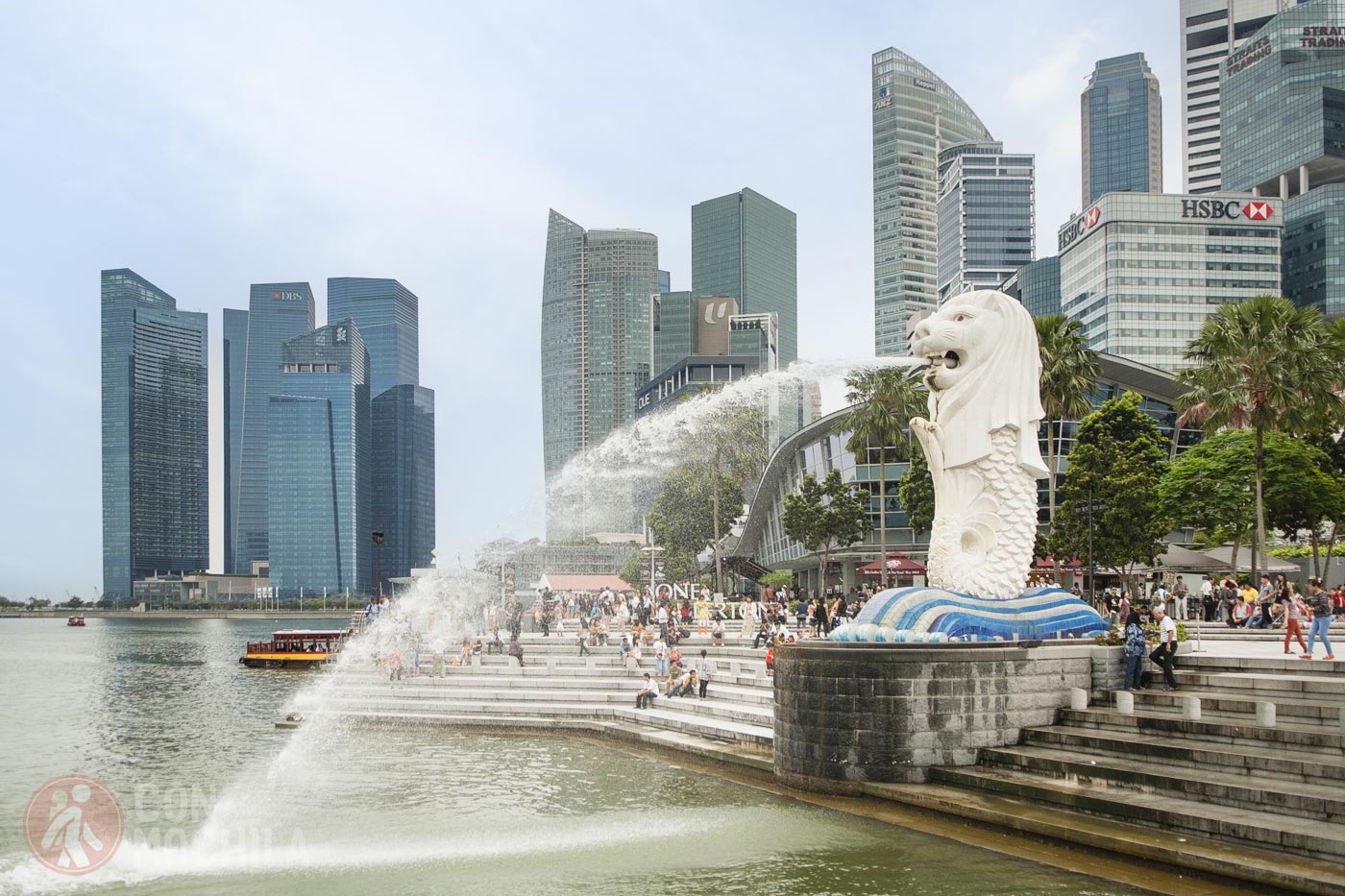
The Merlion is so famous that tourists crowd around, jostling to take a photo with this sculpture, which spouts water into the bay. Even though the statue itself may not be particularly remarkable, you will inevitably visit it while admiring the stunning buildings in the area.
Located in the bay, Gardens by the Bay consists of several themed gardens. The most famous is Supertree Grove, home to artificial trees that can be climbed and that light up at night, creating a mesmerizing musical and visual spectacle.
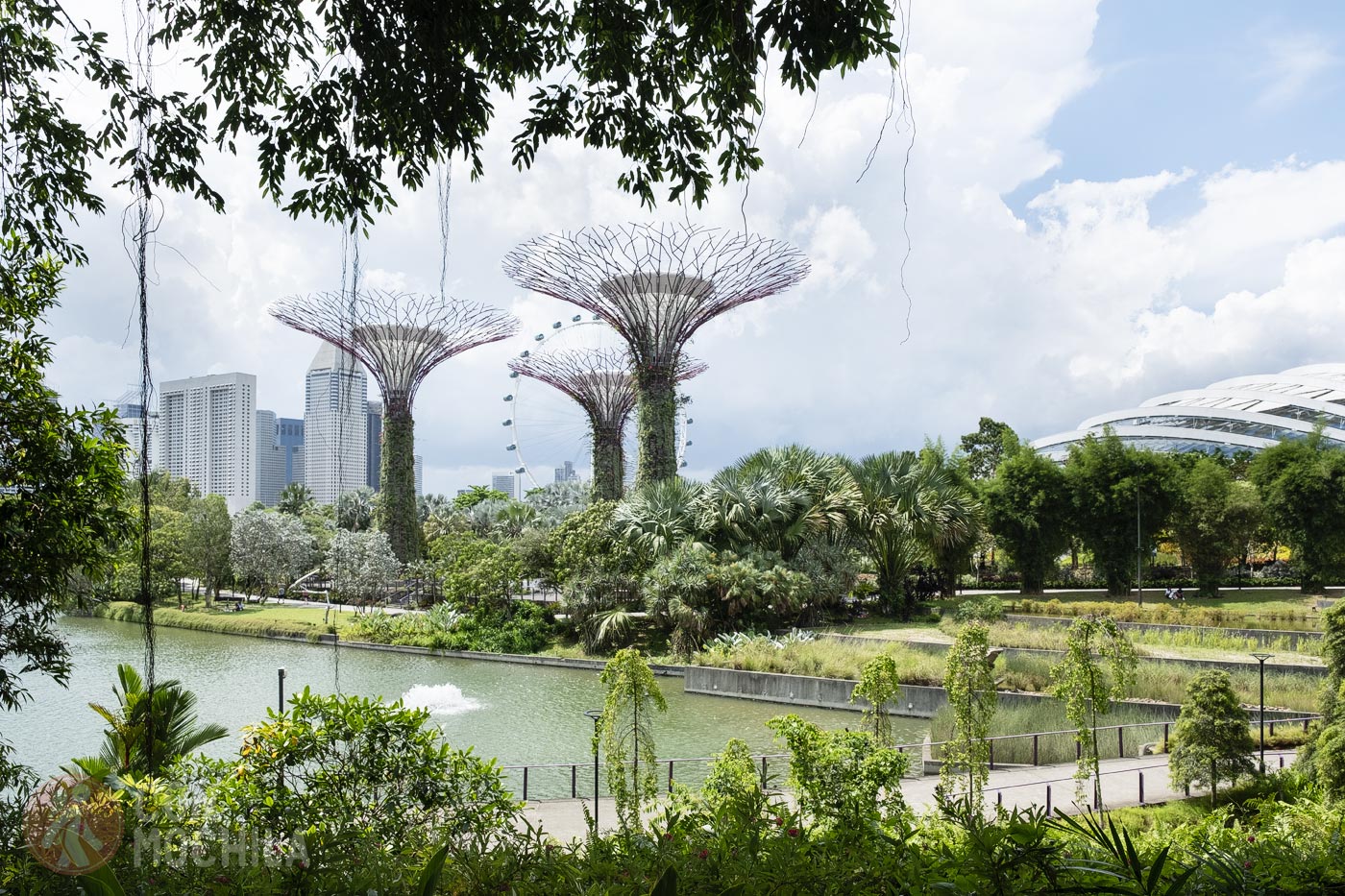
But beyond this well-known attraction, the gardens hide other, less popular yet equally fascinating treasures: a dome with a collection of flowers from around the world, a forest, waterfalls, lakes, and various themed gardens featuring tropical and desert plants.
Marina Bay Sands is an architectural marvel consisting of three massive skyscrapers connected at the top by an infinity pool. The complex houses a hotel, shopping mall, casino, theaters, and even museums.

One of the best experiences is heading up to the Sands SkyPark, located on the 56th floor, just before sunset. From there, you’ll get a breathtaking panoramic view of the city.
Built in 1999, the Singapore City Gallery showcases the city’s remarkable physical transformation over the past 40 years, illustrating how it became one of the most livable cities in Asia.
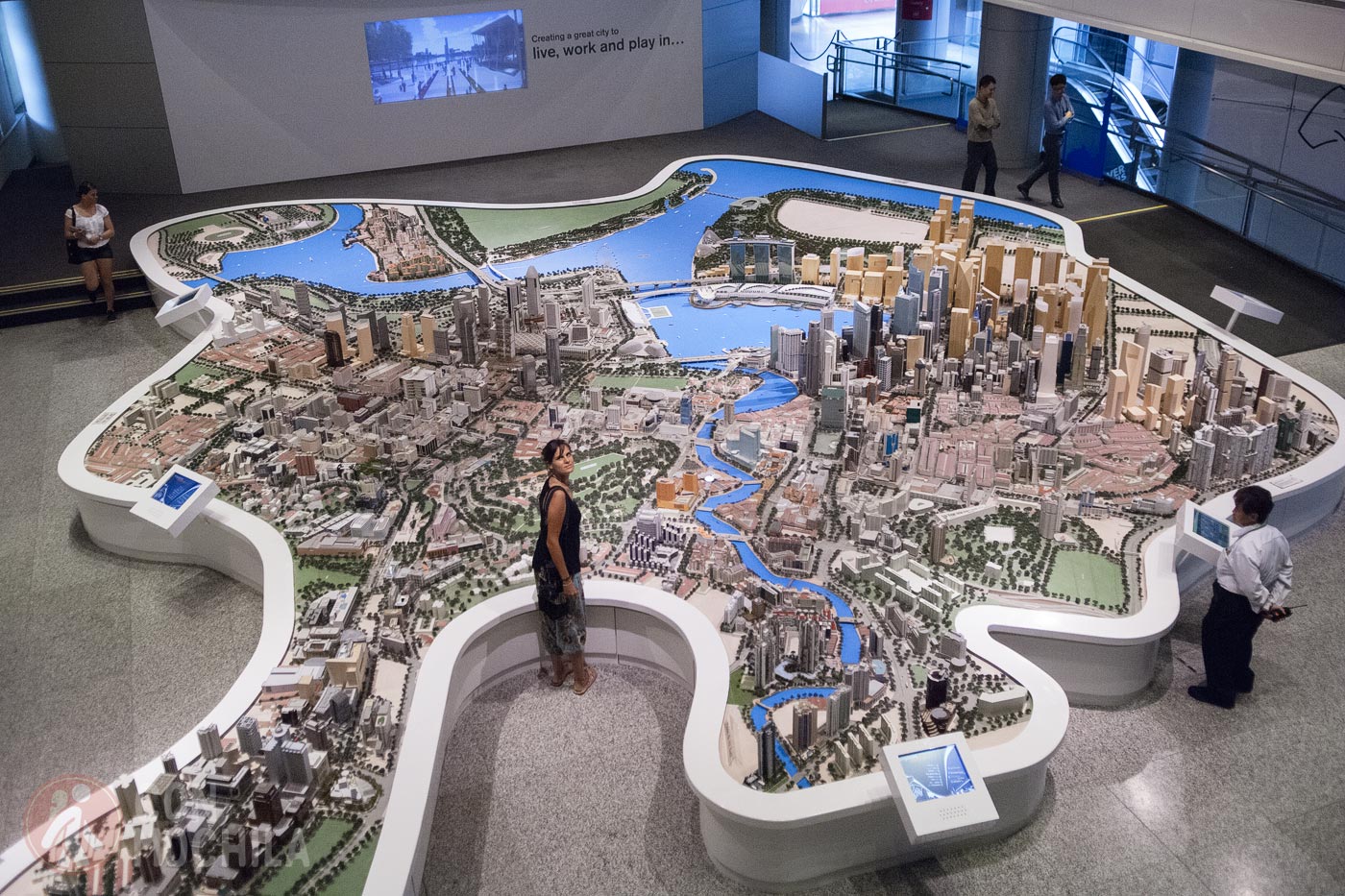
Here, you can travel back in time through interactive murals to see how Singapore overcame many challenges, evolving from a small fishing port into a cosmopolitan metropolis in a remarkably short period.
One of the highlights is the huge city model on the ground floor, perfect for visualizing and mapping out Singapore’s neighborhoods.
The Singapore Botanic Gardens serve as the city’s green lung, divided into multiple smaller gardens, each with different themes and plant species. One of its unique features is how the environment completely transforms as you move between areas, making you momentarily forget you’re in a bustling metropolis.
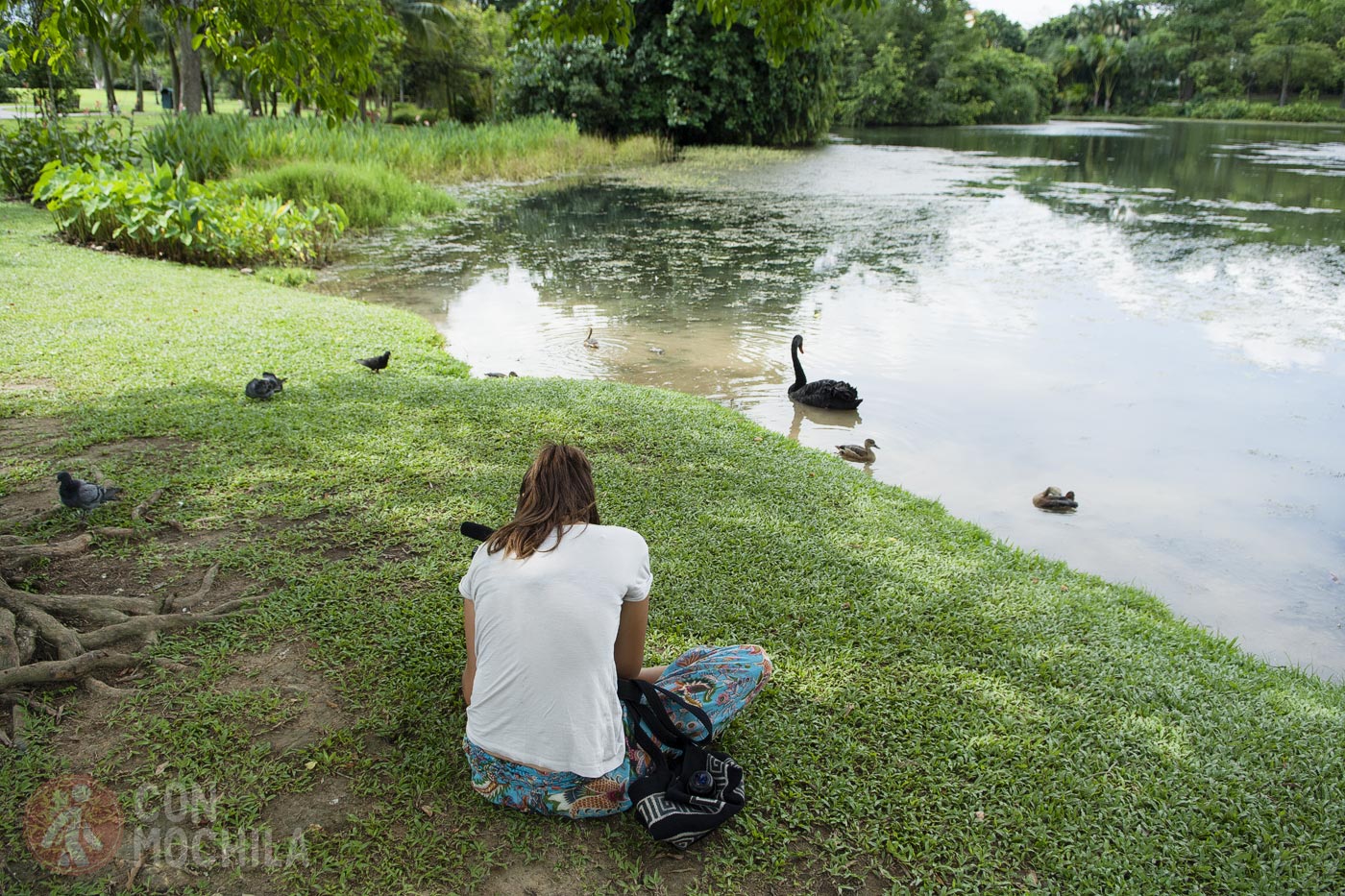
One of the most fascinating sections is the Garden of Evolution, where visitors can gain a deeper understanding of how new life compares to the age of our planet.
Located just half a kilometer from the city, Sentosa Island is the southernmost point of the Asian continent and serves as a leisure and relaxation spot for both Singaporeans and tourists.
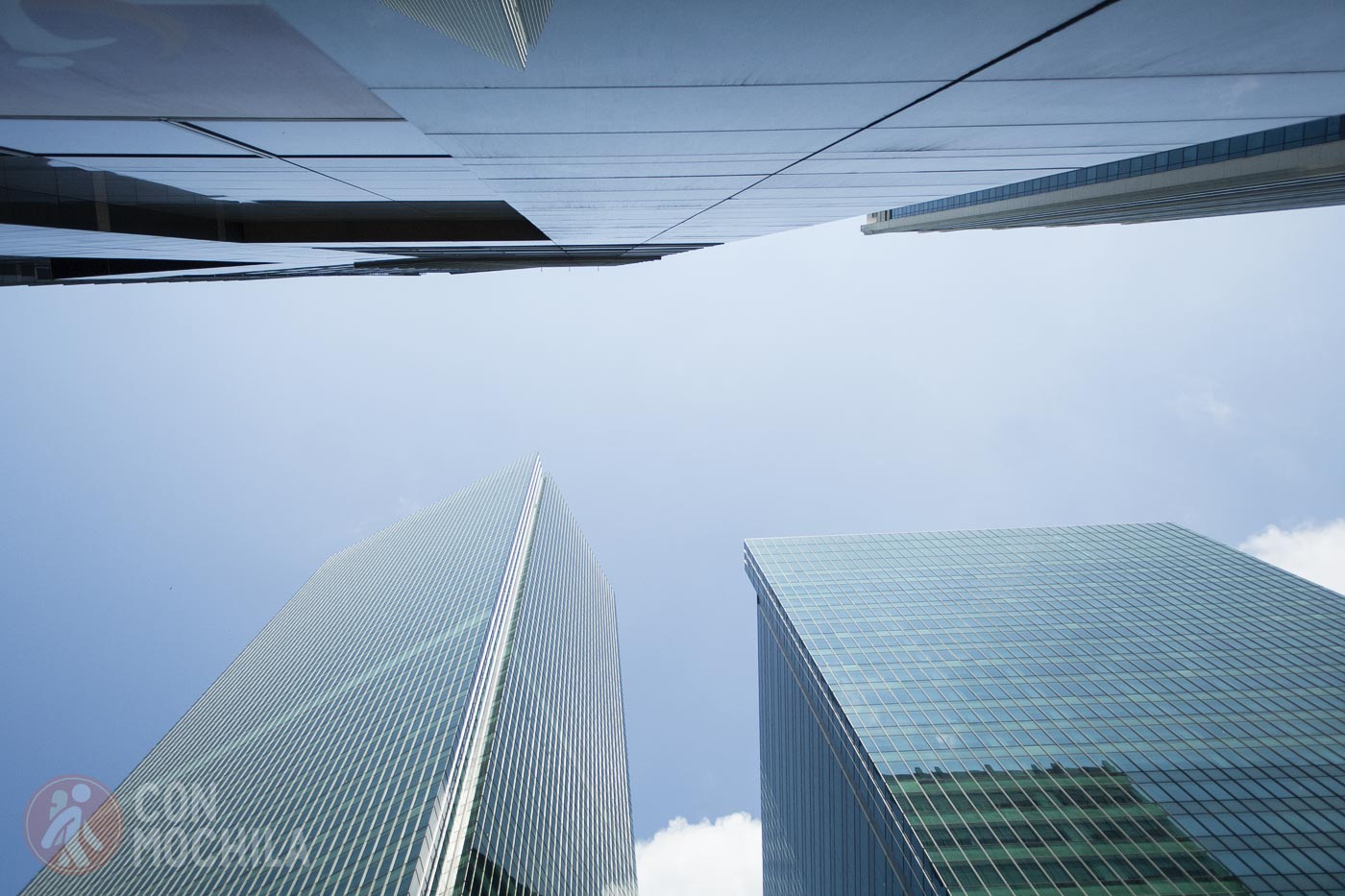
This small 5-square-kilometer island is accessible by road and offers a mix of attractions, including three main beaches (Palawan, Siloso, and Tanjong), lush jungle areas, a historic fort, and several resorts. While it’s a great escape from the city, don’t expect complete tranquility; it’s a highly touristic destination.
Located just half a kilometer from the city, Sentosa Island is the southernmost point of the Asian continent and serves as a leisure and relaxation spot for both Singaporeans and tourists.

This small 5-square-kilometer island is accessible by road and offers a mix of attractions, including three main beaches (Palawan, Siloso, and Tanjong), lush jungle areas, a historic fort, and several resorts. While it’s a great escape from the city, don’t expect complete tranquility; it’s a highly touristic destination.
You can explore Singapore on your own or book various activities. Here are some options that might fit into your trip.
You can take a private tour with a guide to discover the best of Singapore. If you prefer to explore on two wheels, there’s also a bike tour available. The choice is yours!
The Singapore hop-on hop-off bus covers all the city’s must-see spots and allows you to hop on and off an unlimited number of times.
As we’ve mentioned before, accommodation in Singapore is expensive. You can opt for hostels with shared dormitories to save money, but even these are costly compared to other Southeast Asian countries.
Last time, we stayed at The Sultan, which offers a good location and a relatively high, but reasonable, price.
Here are some other recommendations:
If you don’t want to spend your entire budget on food, the best option is to have lunch or dinner at the Hawker Centers scattered across Singapore’s neighborhoods. Dishes typically cost between 3 and 6 SGD.
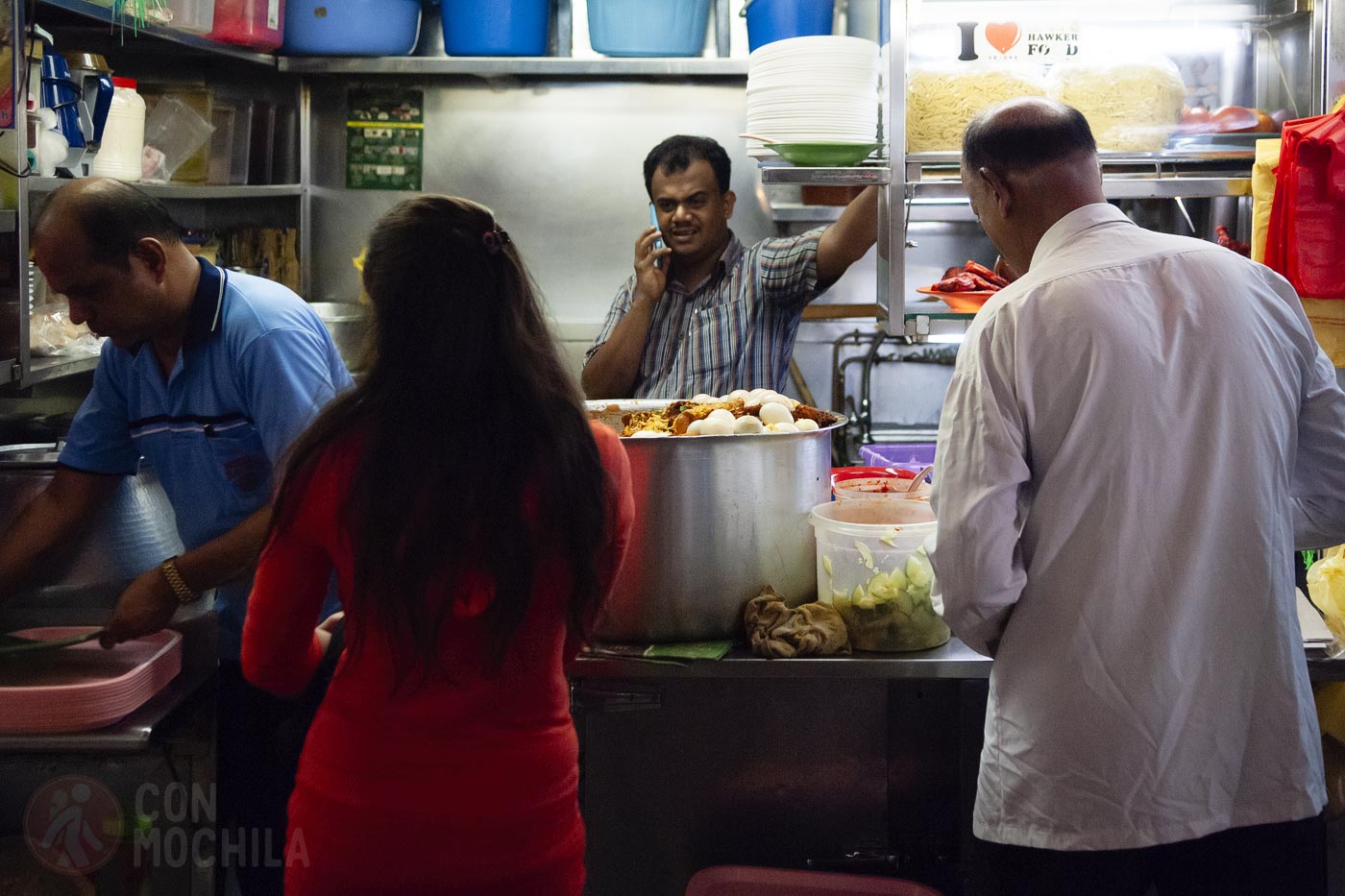
You can also try Food Centers, which are similar to Hawker Centers but newer and slightly more expensive.
As mentioned before, the most convenient way to get around Singapore is by metro, so it’s worth buying the EZ-Link card for easy travel. Alternatively, you can use Grab to get around by car.
Click on the image and it will take you to a new Google Maps window with all the points of interest to travel around Singapore.